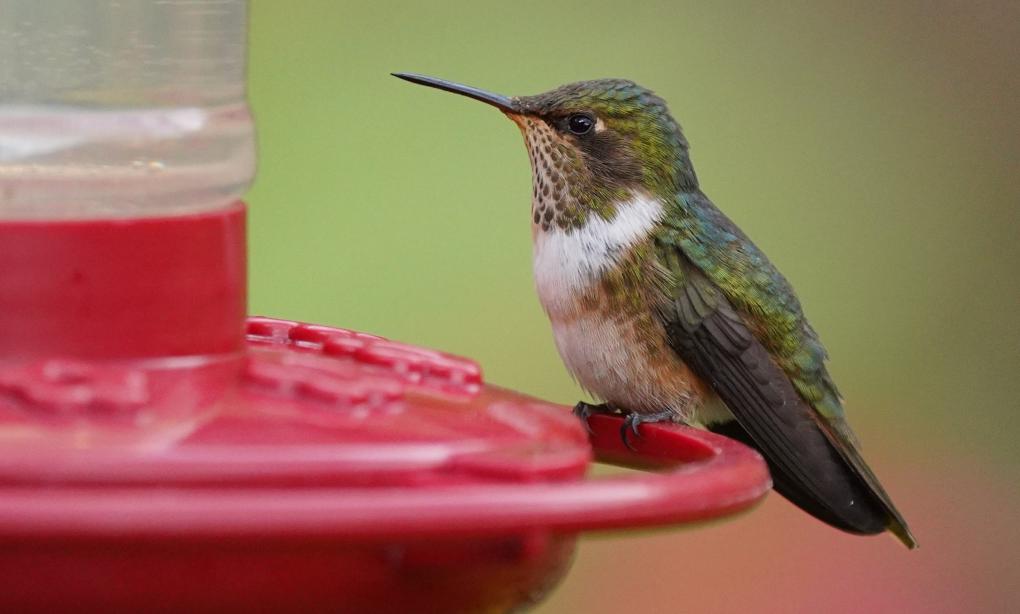The Cornell Lab Bird Academy › Discussion Groups › The Wonderful World of Hummingbirds › What Makes a Hummingbird a Hummingbird
-
Yes I have. First time I saw a hummingbird I felt in love of these beatiful birds



-
Absolutely gorgeous!
-
Are those your photos?
-
-
I see Anna's Hummingbirds everyday in Seattle, WA even in the snow! I've also see Rufous during migration. I've even gotten to hold a few Anna's when helping them out of the house or in this case (pics included) when a male Anna's hit my window. I picked him, put him in a safe place, offered him some nectar from his feeder and after a short time he zoomed off to a tree branch nearby.



-
I placed Acopian BirdSavers on my windows to prevent (larger) birds from flying into them. I didn't realize, although it makes sense, that hummers would make this mistake also. Here's the link from the American Bird Conservancy... https://abcbirds.org/acopian-birdsavers/?gad_source=1&gclid=Cj0KCQjwzby1BhCQARIsAJ_0t5PDxxNCz3HrcBr9F_daomKPYKpG2r4IqApdVzTrwbigELAGfgs8G_MaAlvxEALw_wcB I made my own out of paracord....I had at least one bird/week flying into a window, but not one casualty since placing these....



-
-
Living in Central NJ, there are many ruby throated hummingbirds in the area. I have seen them at my feeders, as well as in the wild in local parks. I have placed feeders at myn home for many years and I do enjoy seeing and hearing them come and go.
-
I live in the SF Bay Area in Northern California. Our front yard is a native-plant garden; hummingbirds love the flowers, particularly the California Fuchsias. I've spotted Rufous Hummingbrids (photo) a few times, but see smaller green hummers (probably Anna's) every day. I love going out in the garden and hearing their 'zap zap' sounds.

-
I live in Sandy Valley, Nevada and have created a pollinator habitat to attract Hummingbirds, Bees and Butterflies. The hummingbirds most common here are the Anna's & Costa's. Once in a while maybe a Rufous, if I'm lucky. In the higher mountains I see the Black Chinned. At the farm, we set feeders and the Anna's stay year round. They're not afraid of humans, in fact they'll follow me around the farm while I do my chores. And when I'm stationed in place, they'll sometimes perch 3 or so feet watching me. I like to think they're thanking me for feeding them or maybe its time to change the juice.
-
I have the Ruby Throated Hummingbirds that visit my yard here in Southern Ohio. I see more females at my feeders than males but put this little swing between 2 feeders and was able to get a picture of this little guy the other day.

-
 I took this Costa's Hummingbird photo on a vacation to the Sonoran desert. It was the middle of May, so isn't it a little odd to be seeing this in New Mexico in Summer? I thought they moved to cooler climates around this time?
I took this Costa's Hummingbird photo on a vacation to the Sonoran desert. It was the middle of May, so isn't it a little odd to be seeing this in New Mexico in Summer? I thought they moved to cooler climates around this time? -
 I have a pair of hummingbirds in my yard and I believe the same pair come back each year. Is that possible? Early in the season, the male and female eat at different times. Now (mid July), the male perches on a limb close to the feeder and when the female comes near, he chases her away. I love watching them.
I have a pair of hummingbirds in my yard and I believe the same pair come back each year. Is that possible? Early in the season, the male and female eat at different times. Now (mid July), the male perches on a limb close to the feeder and when the female comes near, he chases her away. I love watching them. -
Yes, although it's the only species that visits our region (central North Carolina). I have bee balm, crocosmia, red and 'Hot Lips' salvia, and hosta flowers in my gardens, and the ruby-throated hummingbirds are frequently around. I have even seen a hummingbird attack bees in the bee balm so they can claim the nectar for themselves. They also like to perch in my corkscrew willows, I think because other birds are too heavy for the curled twigs, and the flickering light green curly leaves provide cover for them.
-
I live in Colorado and regularly see the Broad-tail hummingbird on my daily walks. I had a Black-chinned fly directly toward me early in the season.
-
The species I see the most during my hikes in the foothills of the Wasatch Mountains is the black-chinned hummingbird. It may not be as dazzling as some of the birds described in this initial section, but it is still amazing and great to watch. The courtship flights with the male zooming up and then down in a big and noisy (I can hear it) way, the vigilance to make sure that nobody 'invades' the territory, and then the defense of its territory often make me stop to observe and enjoy this spectacle of nature.


-
I'm down south from you in Cedar City. My favorite is the Black-chinned since they frequent my feeders and had a nest this spring at my tree. They are friendly little guys, buzzing me as I work around the yard or lounge and read. They have hovered about a foot above my dog as he lays in the grass too. Love to see that magenta flash!
-
-
Yes i have seen hummingbirds. I live in a subtropical humid forest in northern Guatemala. Some of my favorites are the purple-crown fairy and the long-billed hermit. In Maya mythology, hummingbirds are considered the souls of the warriors.
-
We live in South Dakota and I have seen one since moving here 6years ago. We originally retired to South Carolina. They would frequently feed on the lantana plant along with the butterflies. I had a trapped bird in our garage while there. I was able to get it to land on a branch from the lantana plant. I don’t recall seeing them while still working and living in Maryland where I am from. I wish I knew which ones I have seen. Lovely birds for sure.
-
I'm 85 years old and never saw a humming bird until 5 years ago when I visited a friend in Wisc. who had several feeders and there were so many hummers that I could not count them. So I put up a feeder each year and planted Bee-Balm flowers and finally saw 1 or 2 each afternoon. So far this year 7/17/23 I have only seen a couple and one actually visited the feeder. I have a bird feeder with a camera and am thinking of adding a humming bird feeder in front to capture the ruby throat hummingbirds in the Chicago area. Is there any best mixture and style of feeder? Roy
-
Growing up in the US East Coast, I was only ever exposed to one type of hummingbird, the Ruby Throated Hummingbird. My grandmother had a hummingbird feeder that she would put out in the summer and would get visited by a few of them. Since moving to Arizona, I have encountered another species, the Anna's Hummingbird. Which I have spotted resting on trees in my neighborhood, and flying around gathering nectar from various flowers.
-
Living near Floyd Lamb Park in Las Vegas, Nevada, USA, I've seen the three most common in our backyard:
- Anna's
- Costa's
- Black-Chinned
-
I live in Colombia. i have seen several of the humming birds featured but was amazed by the variety shown in the course. I don’t seem to be able to upload images
-
We often get Ruby Throated Hummingbirds around my house. I live in Southeastern Ontario, so that's really the only species we ever see. We have a few lilac bushes in our front yard, and whenever we have our hummingbird feeder out, we always see them perched in the bushes, feeding from the flowers, and flying around the house. I wonder if they've ever made nests in one of the lilac bushes.



-
Ruby-throated Hummingbird on the nest in my back yard, photo take with iPhone through my spotting scope in June 2019.

-
That's amazing that you got that shot, as they're hard to spot!!
-
-
In the small pond in my backyard, I spotted something where the pump circulates the water--it looked like a drowned hummingbird. I picked up the bird--still alive, but in a state of torpor. It was a female Ruby-throated, with her legs entangled in fibrous algae. After removing the strings of algae, I put her on to a feeder and after what seemed like a long few minutes, she took a long drink. Then she was off in a flash.


-
Awesome, Anne! You did a great thing saving that tiny life! Veronica
-
That is great! What a treat to find and take care of for a bit.
-
-
I have had Rufous, Black-chinned, and once a Broadtail visit in the mountains at 6000' in SW Utah. Black-chinned from spring till fall, Rufus on their way back south in the fall. They are fun to see but they take over and soon I'm wanting them to move on and leave my Black-chinned alone! So far no mention of the Black-chinned in the video but from something I read is that it is actually a hybrid. I finally found a nest which I visited a few times then the last time I watched it fledge!

-
I have seen hummingbirds in real life several times now having 3 hummingbird feeders. For what I am from, I only see them May-September which are the Ruby Throated Hummingbirds which are in the genetic species of the bee hummingbirds that I learned in this course. Last year, I saved a hummingbird that was caught in the webs on the window at my house. I rushed over and helped the little guy to get the webs off her feet, face, and bill. She couldn’t help herself getting stuck there since hummingbirds like to use webs to use for nesting material and the bugs collected in them for food. Plus there was a lot of red color by the window. I always wanted to hold a hummingbird and it was such an exciting opportunity for me to actually help and hold one. In the end the hummingbird was perfectly ok and continued feeding off my feeders.



-
Alanna, what a thrill to actually hold one of these little miracles! Veronica
-
It makes sense but hadn't occurred to me that they could get caught in webs. I will definitely keep my eyes open for this!
-
-
We live in Northern California and have Annas hummingbirds and Rufous hummingbirds migrate through our area spring and fall. In the 7 summer months here we go through 50lbs of sugar a week feeding the birds. My husband buys suger in 50 lb bags from Costco. Hummers are at their height when not only the adults come to the feeders, but they are joined by the juvenile’s as well. We have 9, 5 cup feeders on our back deck and they need to be refilled every day and a half. Since so many birds are dependent on us, if we go away we hire someone to come and fill the feeders each day.
-
 I saw several hummers on a trip to Costa Rica. The fiery-throated is shown above. The volcano hummer is below. So many hummer species there but so little time!
I saw several hummers on a trip to Costa Rica. The fiery-throated is shown above. The volcano hummer is below. So many hummer species there but so little time!
-
I have had an Anna's, Rufous and many Blackchinned Hummers at my home in Texas. I have also volunteered for ten years with West Texas Avian Research.
Read More:
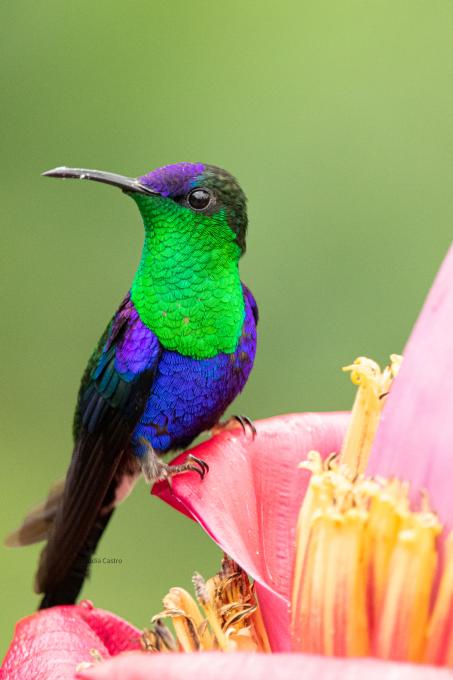
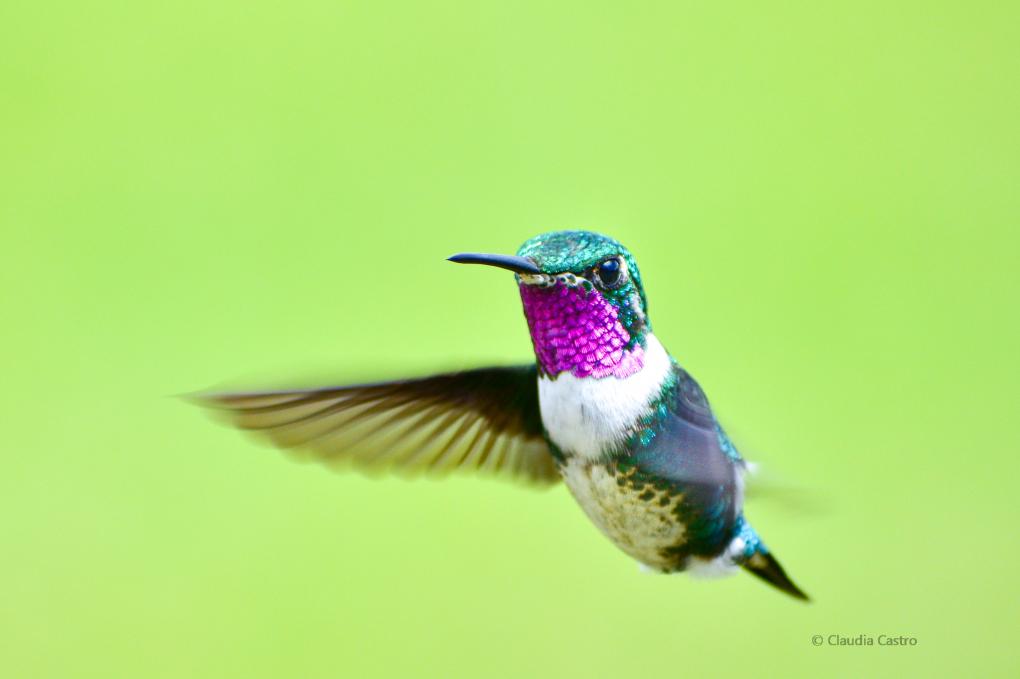

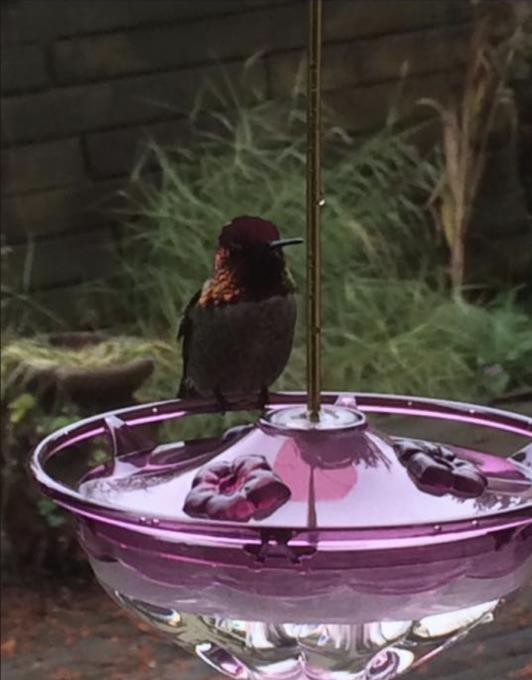
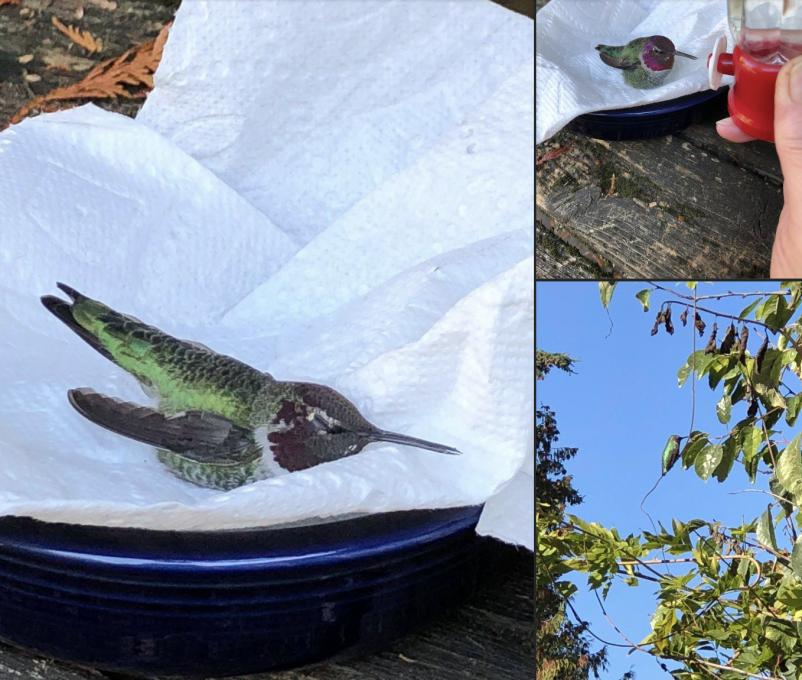
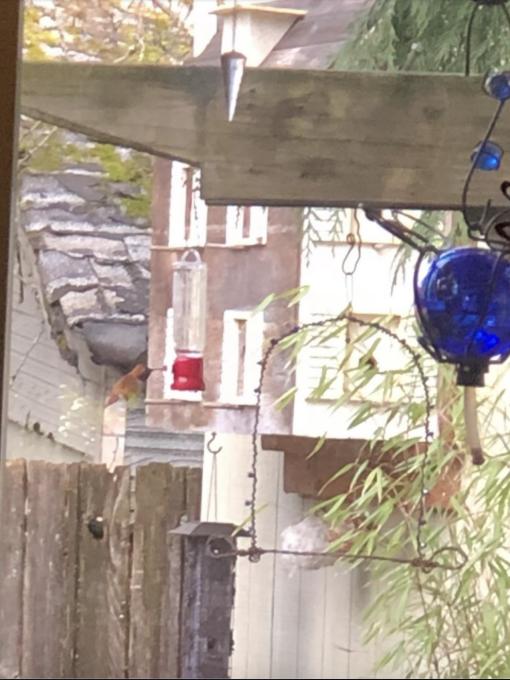



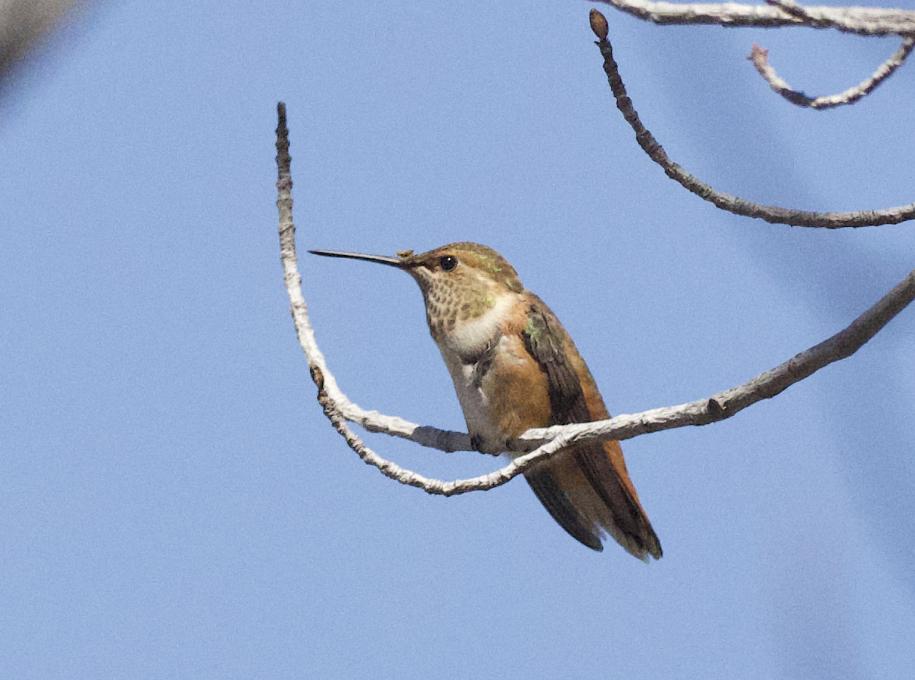
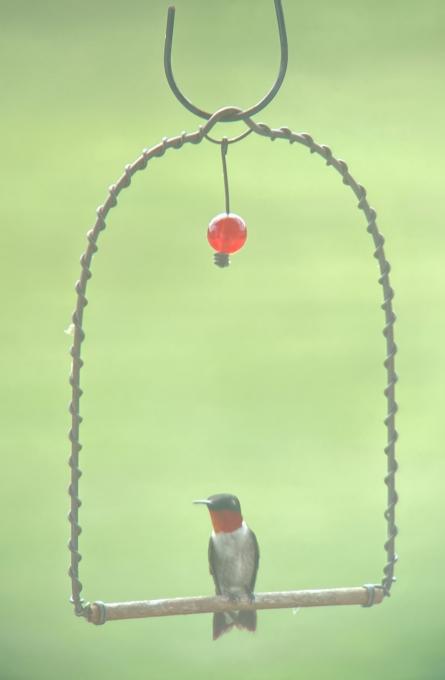
 I took this Costa's Hummingbird photo on a vacation to the Sonoran desert. It was the middle of May, so isn't it a little odd to be seeing this in New Mexico in Summer? I thought they moved to cooler climates around this time?
I took this Costa's Hummingbird photo on a vacation to the Sonoran desert. It was the middle of May, so isn't it a little odd to be seeing this in New Mexico in Summer? I thought they moved to cooler climates around this time?  I have a pair of hummingbirds in my yard and I believe the same pair come back each year. Is that possible? Early in the season, the male and female eat at different times. Now (mid July), the male perches on a limb close to the feeder and when the female comes near, he chases her away. I love watching them.
I have a pair of hummingbirds in my yard and I believe the same pair come back each year. Is that possible? Early in the season, the male and female eat at different times. Now (mid July), the male perches on a limb close to the feeder and when the female comes near, he chases her away. I love watching them. 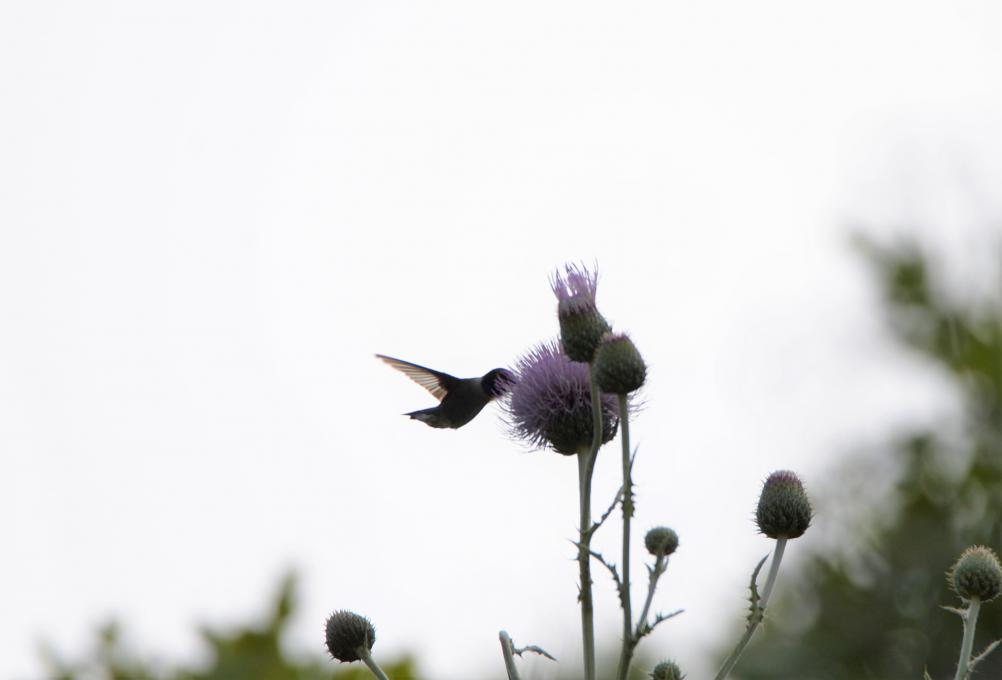

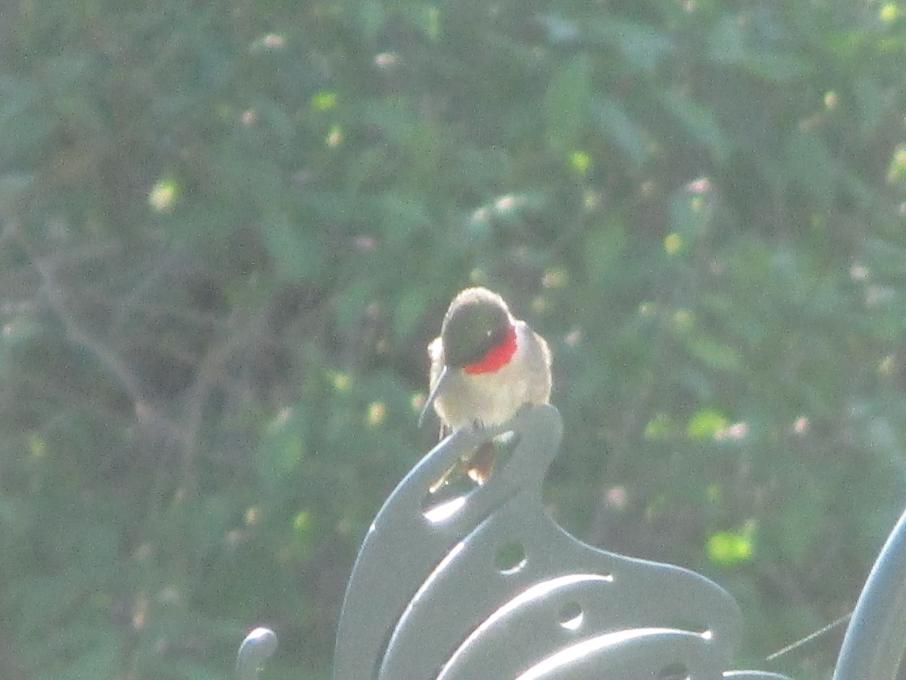


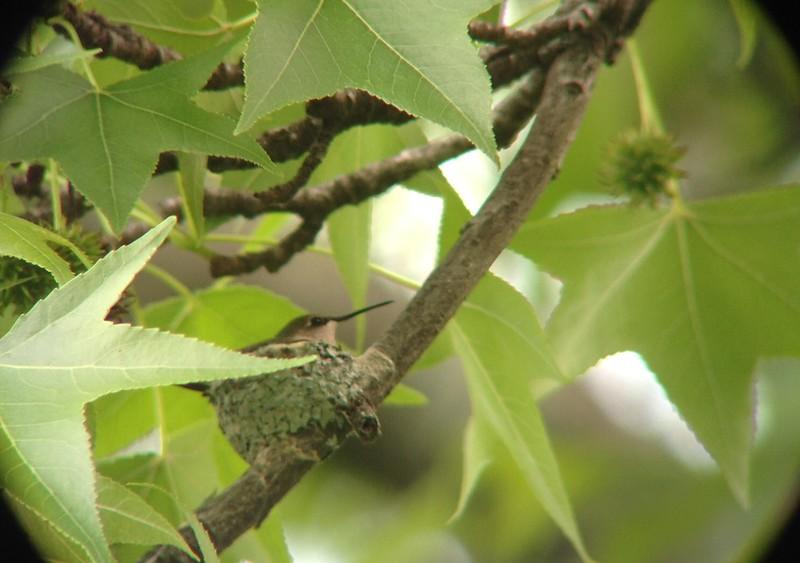

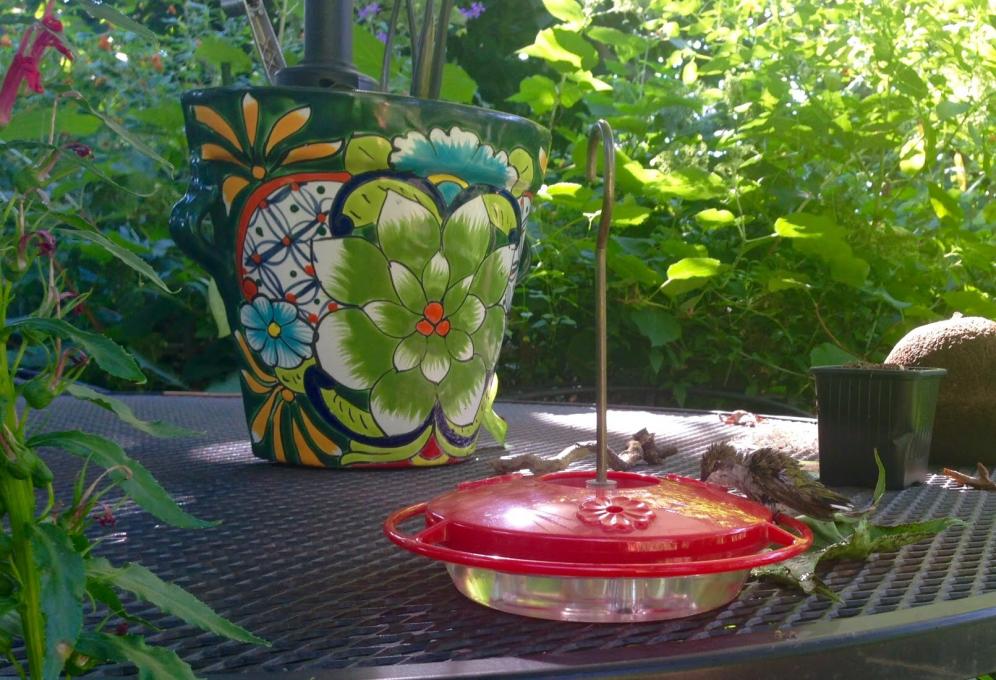


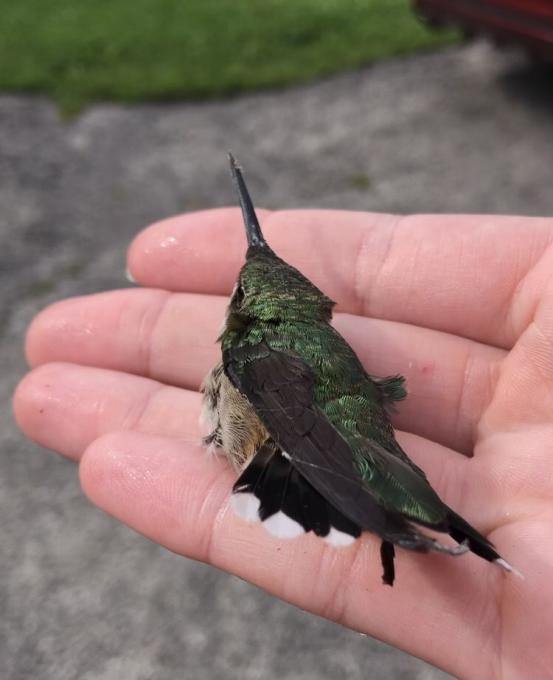
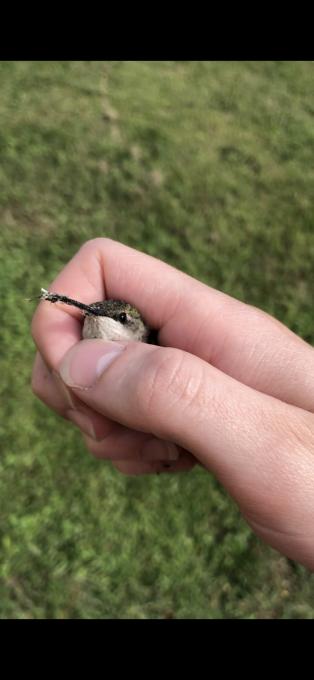
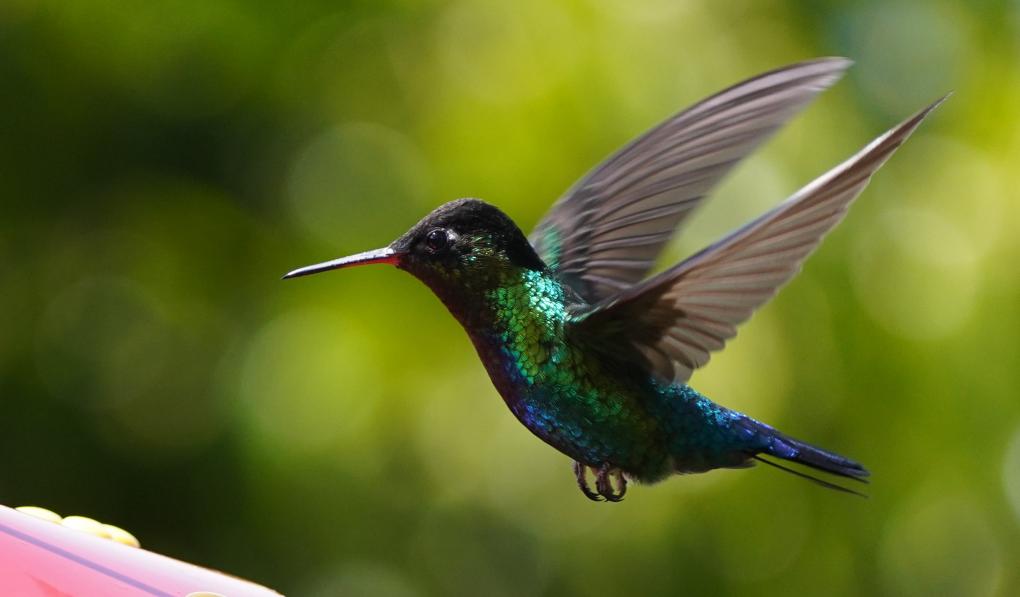 I saw several hummers on a trip to Costa Rica. The fiery-throated is shown above. The volcano hummer is below. So many hummer species there but so little time!
I saw several hummers on a trip to Costa Rica. The fiery-throated is shown above. The volcano hummer is below. So many hummer species there but so little time!